#space exploration
Text
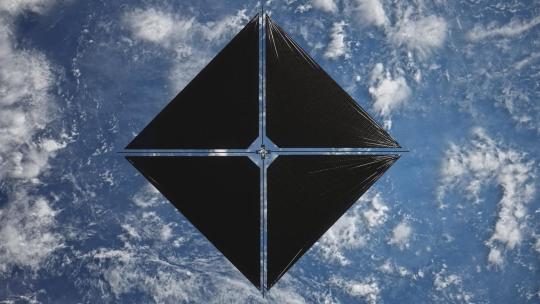
Setting Sail to Travel Through Space: 5 Things to Know about our New Mission
Our Advanced Composite Solar Sail System will launch aboard Rocket Lab’s Electron rocket from the company’s Launch Complex 1 in Māhia, New Zealand no earlier than April 23, at 6 p.m. EDT. This mission will demonstrate the use of innovative materials and structures to deploy a next-generation solar sail from a CubeSat in low Earth orbit.
Here are five things to know about this upcoming mission:
1. Sailing on Sunshine
Solar sails use the pressure of sunlight for propulsion much like sailboats harness the wind, eliminating the need for rocket fuel after the spacecraft has launched. If all goes according to plan, this technology demonstration will help us test how the solar sail shape and design work in different orbits.
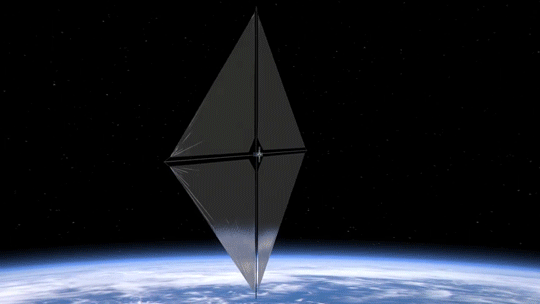
2. Small Package, Big Impact
The Advanced Composite Solar Sail System spacecraft is a CubeSat the size of a microwave, but when the package inside is fully unfurled, it will measure about 860 square feet (80 square meters) which is about the size of six parking spots. Once fully deployed, it will be the biggest, functional solar sail system – capable of controlled propulsion maneuvers – to be tested in space.

3. Second NASA Solar Sail in Space
If successful, the Advanced Composite Solar Sail System will be the second NASA solar sail to deploy in space, and not only will it be much larger, but this system will also test navigation capabilities to change the spacecraft’s orbit. This will help us gather data for future missions with even larger sails.
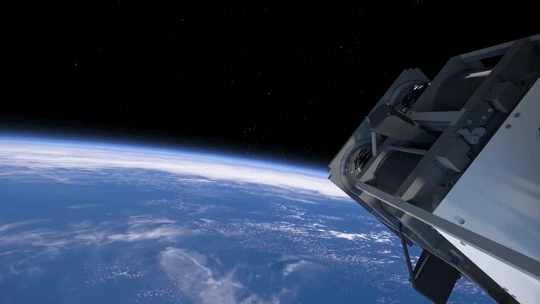
4. BOOM: Stronger, Lighter Booms
Just like a sailboat mast supports its cloth sails, a solar sail has support beams called booms that provide structure. The Advanced Composite Solar Sail System mission’s primary objective is to deploy a new type of boom. These booms are made from flexible polymer and carbon fiber materials that are stiffer and 75% lighter than previous boom designs. They can also be flattened and rolled like a tape measure. Two booms spanning the diagonal of the square (23 feet or about 7 meters in length) could be rolled up and fit into the palm of your hand!

5. It’s a bird...it’s a plane...it’s our solar sail!
About one to two months after launch, the Advanced Composite Solar Sail System spacecraft will deploy its booms and unfurl its solar sail. Because of its large size and reflective material, the spacecraft may be visible from Earth with the naked eye if the lighting conditions and orientation are just right!
To learn more about this mission that will inform future space travel and expand our understanding of our Sun and solar system, visit https://www.nasa.gov/mission/acs3/.
Make sure to follow us on Tumblr for your regular dose of space!
1K notes
·
View notes
Text

Clearest photo of Pluto ever taken
#pluto#planet pluto#solar system#astronomy#astronomers#nasa#universe#astrophotography#nasa photos#astrophysics#outer space#nasawebb#hubble space telescope#i love astronomy#astronomy facts#astrography#astro community#astro notes#astro observations#astroblr#space exploration#space#science#science facts#planetary science#cosmos#the universe#galaxy#galaxies#planetary nebula
139 notes
·
View notes
Text
#science#space science#astronomy#nasa#voyager 1#voyager 2#space#space exploration#heliosphere#Solar system#interstellar space#things MAGAts don’t understand
40 notes
·
View notes
Text
Voyager 1 Approaches Jupiter (1979)

This gif records the Voyager 1 spacecraft's Jupiter approach from January to February, 1979.
Notice the difference in speed and direction of the various atmospheric zones and bands. Their interaction creates vast storms in the dynamic Jovian atmosphere.
NASA created this time-lapse sequence from 66 images, each taken once per Jupiter rotation (about 10-hour days) - every time Jupiter longitude 68W passed under the spacecraft. The planet grows larger as Voyager approaches from 58 million kilometers to 31 million kilometers away.
Good news: Our intrepid little explorer - now interstellar! - has resumed sending and receiving messages!
20 notes
·
View notes
Note
What do you mean by Venus floating cities?
I'm hoping to write a science fiction story about visiting Venus as part of the space race and I would love your input
Alright so the thing with Venus is that we're all very familiar with her horrible hell-death clouds and 900°F surface temperatures. We all understand the surface of Venus is not a fun place for humans to be.
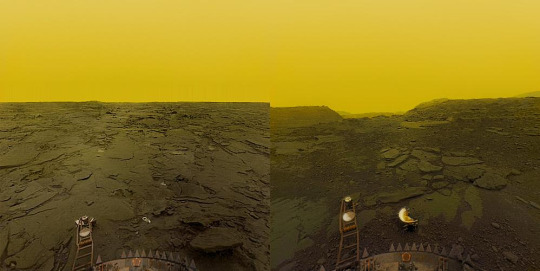
But, nobody ever talks about the fact that ABOVE the hell-death clouds, Venus is a paradise. The most Earth-like environment we know of in the solar system, beyond Earth itself, is actually in the skies of Venus.
About 30 miles above the surface, the pressure is ~1 atmosphere, and the temperature ranges from 30 - 100°F, which is Happy Human™ standard pressure and temperature.
What's more, a breathable mix of oxygen and nitrogen provides over 60% the lifting power on Venus that helium does on Earth. In other words, a balloon full of human-breathable air would float to the habitable range of Venus's atmosphere. We could float a ship with the very air we breathe.
The other great thing about this is that it avoids one of the big problems with Mars colonization. On Mars, any habitat on the surface full of breathable air is vulnerable to leaks and explosive decompression, a la the Martian.

Floating on Venus, a balloon full of breathable air doesn't have a significant pressure difference between the inside and the outside. Which means, any leaks or tears would be very slow and manageable. You could fix that shit with duct tape!
Similarly, because the environment outside the balloon is so Earth-like, humans living there wouldn't need any big fancy pressurized suits for extravehicular work. We'd need air to breathe, maybe some heat protection, and protection against the acid rain. That's it.
Venus also provides the tools to keep us fed! It's atmosphere is made primarily of carbon dioxide, even above the dense horrible clouds. What likes carbon dioxide? Plants from Earth!! Lets grow FOOD on FLOATING PLATFORMS in the SKIES of VENUS.
This whole idea actually came out of a NASA effort exploring potential Venus colonization. The program was called HAVOC - the High Altitude Venus Operational Concept.
It hasn't really gone anywhere, and as far as I know there are no real plans to revisit it. Unfortunately, from a practicality standpoint, Mars is a much more viable target for human colonization. Not only is it better poised for outer solar system exploration, being farther away from the sun, but living on Venus would come with too many complicated contingencies. In the event of a major failure on Venus, you'd need to fly to another base, or fuck off all the way to orbit. I understand why people aren't really in a hurry to live somewhere where landing on the surface means certain death.
But that doesn't mean I won't be forever and always enamored by the skies of Venus. Here's one of the artist concepts to come out of HAVOC.

I want to be there.
#venus#nasa#space#space exploration#HAVOC#blimp#spost#venus my beloved#single most underrated planet#asked and answered
7K notes
·
View notes
Text









Do you think someone will remember us?
DEEP TIME was originally published as an accordion-fold comic glued into a circular shape, so the story could be read backwards and forwards from any starting panel. Physical editions of DEEP TIME printed in bright red and teal risograph are avaliable in my shop.
#my artwork#comics#risograph#paleoblr#tiktaalik#paleolithic#astronaut#space exploration#dinosaur#history#artists on tumblr#my comics#long post
15K notes
·
View notes
Text
I feel like nobody on Tumblr knows that the international space station is being discontinued.
Did you know that? In less than a decade it will be gone

CNN Link from above screenshot
More detailed article by Space.com
#space#iss#international space station#nasa#roscosmos#space exploration#outer space#nasa missions#i did not mean to depress everyone im sorry
24K notes
·
View notes
Text

"I don't see any god up here. But from here the Earth is beautiful, without borders or divisions."
The first words of a human in space.
Soviet Cosmonaut Yuri Gagarin, April 12, 1961.
Thanks to Clara Statello
597 notes
·
View notes
Text




Steinar Lund, Morris Scott Dollens, Ray Feibush, and Robert McCall.
#art#scifi#cyberpunk#digital art#aesthetic#science fiction#sci fi#scifiart#futuristic#scifi art#retro scifi#scifi aesthetic#scififantasy#sci fi and fantasy#60s sci fi#70s sci fi art#80s sci fi#retrofuturism#retrofuture#retro futuristic#space exploration#outer space#megacities#mega cities#megacity#old school#spaceship#space aesthetic#space art#spacecore
590 notes
·
View notes
Text
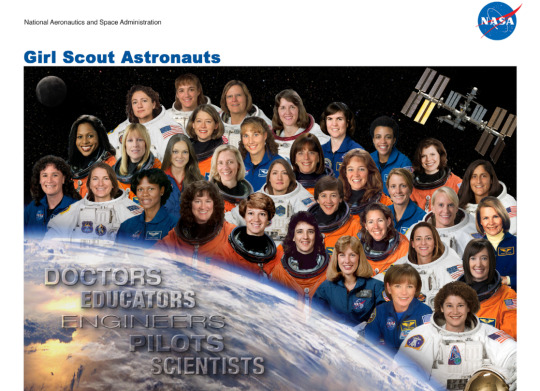
It’s Girl Scout Day! March 12, 2024, is the 112th birthday of Girl Scouts in the United States, and to celebrate, we’re sharing a lithograph of the Girl Scout alumnae who became NASA astronauts.
Girl Scouts learn to work together, build community, embrace adventurousness and curiosity, and develop leadership skills—all of which come in handy as an astronaut. For example, former Scouts Christina Koch and Jessica Meir worked together to make history on Oct. 18, 2019, when they performed the first all-woman spacewalk.
Pam Melroy is one of only two women to command a space shuttle and became NASA’s deputy administrator on June 21, 2021.
Nicole Mann was the first Indigenous woman from NASA to go to space when she launched to the International Space Station on Oct. 5, 2022. Currently, Loral O’Hara is aboard the space station, conducting science experiments and research.
Participating in thoughtful activities in leadership and STEM in Girl Scouts has empowered and inspired generations of girls to explore space, and we can’t wait to meet the future generations who will venture to the Moon and beyond.
Make sure to follow us on Tumblr for your regular dose of space!
#NASA#space#space exploration#Girl Scouts#adventure#explore#inspiration#inspirational women#Womens History Month#WHM#science#STEM#women in STEM#women in science#International Space Station#ISS#astronaut#tech#technology
2K notes
·
View notes
Text
A few more clear 8K quality photos. Mercury's surface temperatures are both extremely hot and cold. Because the planet is so close to the Sun, day temperatures can reach highs of 800°F (430°C).

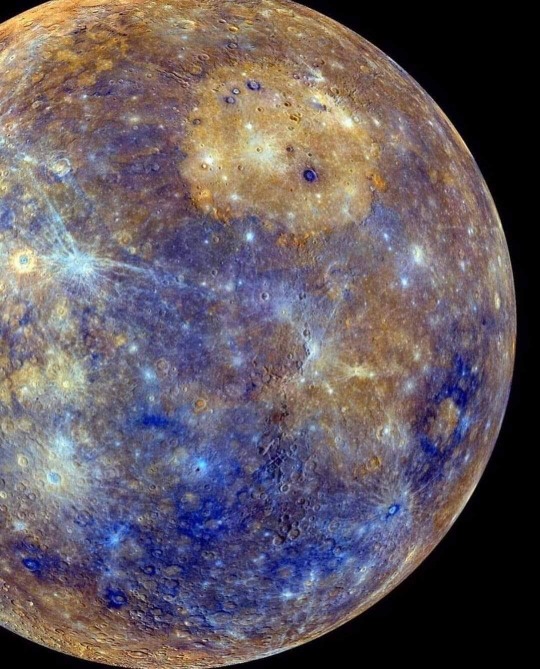

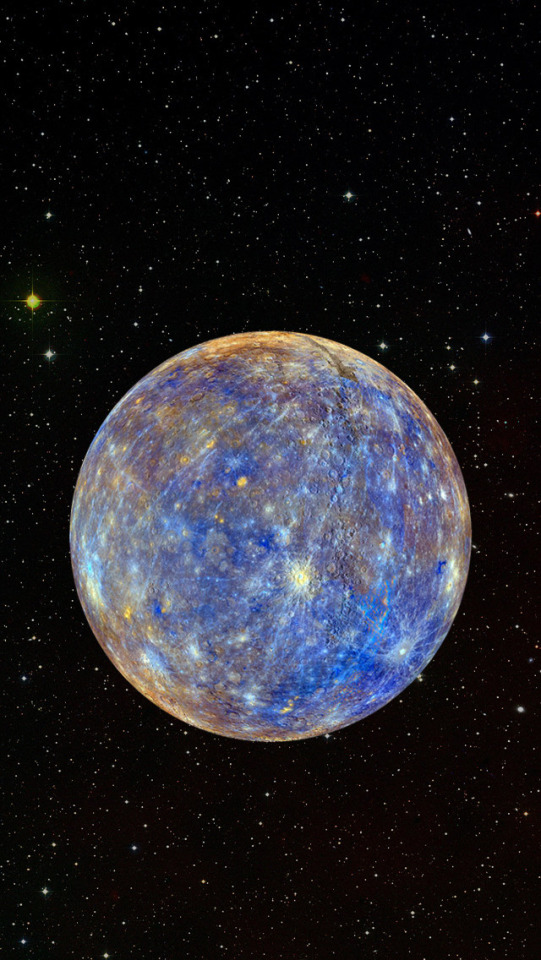


#planet mercury#mercury planet#sunshine#deep sky#sky#i love astronomy#astronomy facts#astrography#astronomy#nasa#astronomers#universe#astrophotography#nasa photos#astrophysics#outer space#nasawebb#hubble space telescope#solar system#international space station#space science#space exploration#space#space photography#astronaut#planetary science#science facts#science#planetary nebula#cosmos
96 notes
·
View notes
Text

"A specal color reconstruction of the eruption of the volcano Loki pn the Iovian satellite Io. The picture was taken by the Voyager I from a range of about half a million kilometers." March 5, 1979.
Voyage to Jupiter. 1980. Scientific and Technical Information Branch NASA.
#nasa#space exploration#jupiter#io#volcano#moon#space photography#astronomy#nemfrog#1979#1980#1970s#voyager 1
452 notes
·
View notes
Photo
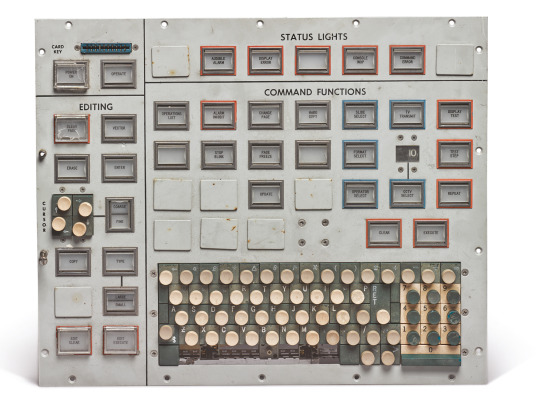

Saturn V Firing Room Panels used for the Apollo missions (US, 1960s)
via
3K notes
·
View notes
Text
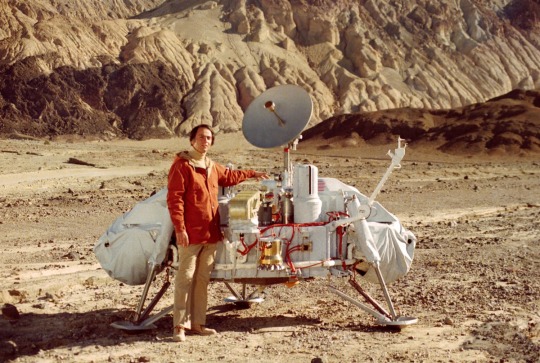
Astronomer Carl Sagan stands in front of a Viking lander mockup in Death Valley, California, c. late 1970s.
#science#technology#astronomy#space exploration#Carl Sagan#NASA#Mars#Viking program#space probe#Death Valley#California#USA#1970s
1K notes
·
View notes
Text
Thursday, August 24.
Chandrayaan-3.
India has become the first country to land at the lunar south pole, and we consider this very cool space news. Among the very coolest of space news, perhaps. And truth be told it is truly *monumental*. While many are discussing the usual geopolitical gossip that seemingly goes in tandem with such cool space news, the significance of the landing not for any one nation, but potentially for the human race, is huge. So today, to the nation of India, its brilliant scientists at Isro, and all those who worked towards #chandrayaan3, we salute your fine, very cool space work.
One of the mission's principal aims will be to search for water-based ice that, scientists believe, could support future human habitation on the Moon. However, we would ask you to spare a thought at this time for the plucky little rover, who will wizz (albeit slowly) around the Moon's south pole for one lunar day (around 14 Earth days.) Named Pragyan, which means “wisdom” in Sanskrit, the rover will analyze the elemental composition of the Moon’s surface, and assess the composition of elements like magnesium and aluminium in the lunar soil around the landing site.
But we can't help but think of this cute little rover, its six wheels leaving imprints of Isro and India’s national emblem on the lunar surface, up there frightened, away from home, all alone :(
#today on tumblr#chandrayaan3#chandrayaanlaunch#chandrayaanmission#chandrayan3live#chandrayaanlanding#space#moon#isro#india#space exploration#isroindia#the moon#moon landing#the age of men is over#the time of the nerds has come
956 notes
·
View notes
Text



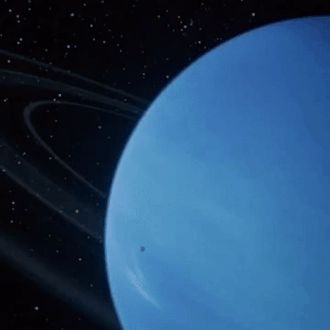
the rings of uranus | science.and.cosmos on ig
230 notes
·
View notes